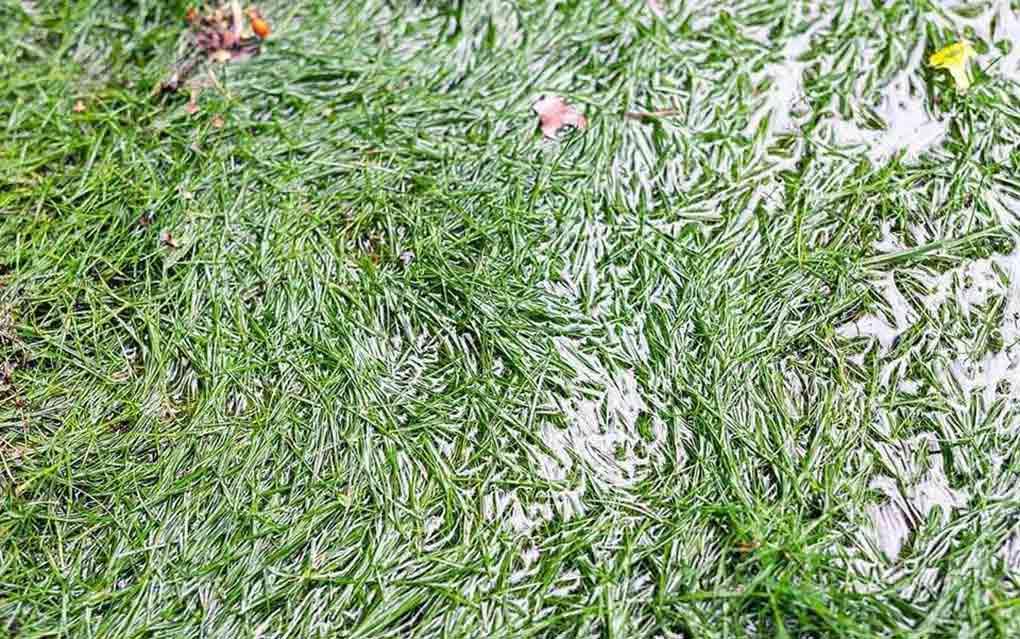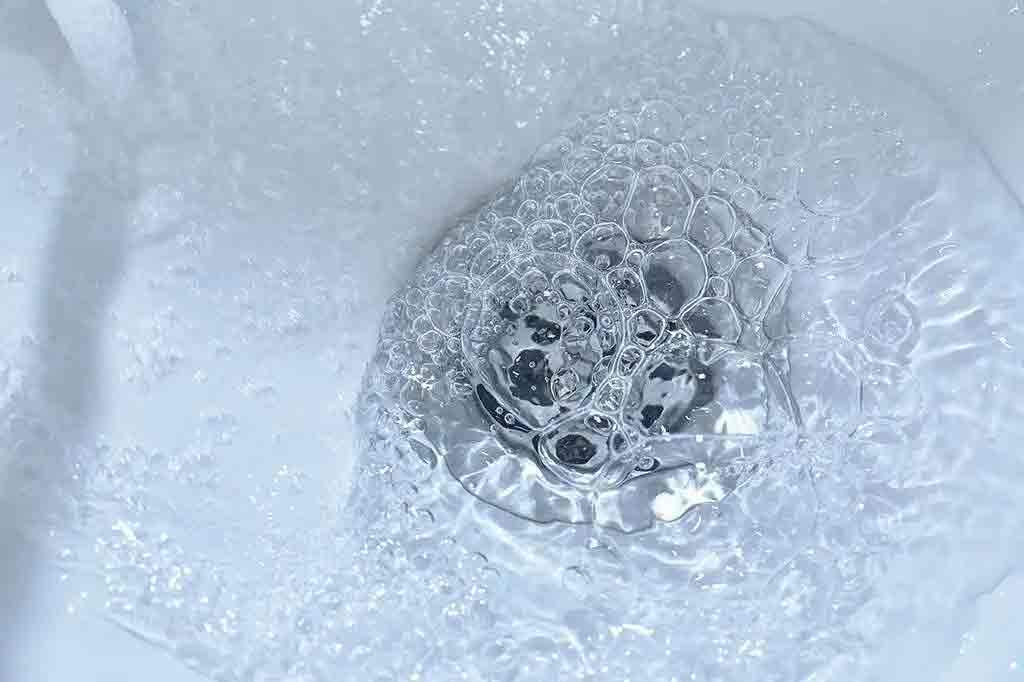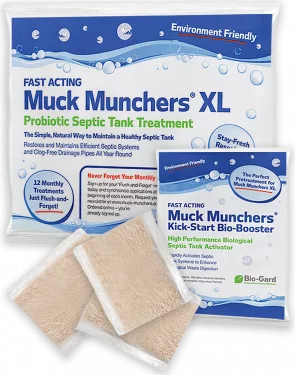Potential Impact of Heavy Rain and Septic Tanks
Heavy rain and septic tanks can sometimes have adverse effects on your overall septic system, especially with how wastewater exits from your tank’s soakaway.

This means that water, effectively, backs up – causing your septic tank levels to rise. This is a situation that can lead to tank damage, wastewater and effluent overflowing into your garden and more. Therefore, you need to be especially careful to maintain and monitor your tank after a heavy spell of rain.
Heavy Rain and Septic Tanks – Signs Your Tank Has Problems
Heavy rain is likely to stop your soakaway from releasing wastewater into the local soil. Therefore, your tank is going to keep backing up the more you use it. This problem is not guaranteed to occur, but it can be avoided. Before covering preventative measures, let’s consider what you should be looking for if heavy rain has caused disruption to your septic tank.
Pooling Water Near/ Around Your Septic Tank
After a bad period of rain, you may also find your toilets start to drain very slowly. It may mean that your septic tank is struggling to take on any extra discharge. Again, it’s a tell-tale sign that your soakaway is struggling with damp soil.
Slow-Draining Toilets
A key sign that water is overflowing from your tank is, of course, that it is pooling or standing nearby. If after a heavy amount of rain you are still noticing standing water near your tank, it may be that your soakaway is blocked or damaged.
Slow-Flushing Toilets
A slow-flushing toilet in a property with a septic tank isn’t necessarily blocked or clogged on its own. If you simply cannot flush your toilet properly – and the weather has been especially poor – there may be problems further down the line.
Strange Noises from Your Plumbing
Odd noises emanating from your indoor plumbing can indicate issues. However, if you rely on a septic tank, it’s often a key sign that may not be performing to its full potential. You may notice strange noises before any other tell-tale signs – in which case, make a point to check your tank before anything starts blocking or backing up.

How to Get Your Septic Tank Back on Track After Heavy Rain
While older septic tanks and soakaways can struggle with rain downpour if it is particularly heavy, modern units can easily bounce back again with careful maintenance and management. This is also easier to manage than you may think – let’s take a look at what you need to know (and do) moving forward.
Ensure Rainwater is Not Entering Your Septic Tank
Ultimately, there should be no rainwater drains that discharge into your septic tank. Your tank should only receive water from drainage inside the home. Otherwise, your tank and your soakaway will be at risk of taking on double or triple the water, and therefore additional pressure.
Additionally, your septic tank’s soakaway must be located away from any rainwater soakaways. This is for the same purpose – rainwater needs to be kept away from your septic tank soakaway and drainfield at all costs. In extreme cases, you may need to have your tank repaired or even moved.
Reduce Household Water Usage
The quickest, easiest and cheapest way to get your septic tank back on track after a heavy period of rain is to simply manage your water usage in the home. This means being vigilant about how often you flush toilets, whether you leave showers running, and when you choose to run washing machines and dishwashers.
Running multiple water-draining resources at once will put your septic tank under serious pressure, especially after heavy rain. Therefore, until time has passed for your soakaway to get back to normal, make sure to equalise your discharges – balance them out across the day. If you can, try to reduce your water output almost completely. This has extra value in that it will save you money if you are on a meter, and it will help the local environment too.
Ensure a Healthy Septic System Maintenance Programme
The best way to ensure that your septic tank and soakaway are fighting fit against the threats of heavy rain and prolonged wet weather is to make sure you maintain your system regularly. Check wastewater levels and ensure that both your tank and drainfields are benefitting from aerobic bacteria.
That may sound difficult, but it is as simple as adding Muck Munchers to your tank on a regular basis. Topping-up your tank with a bacterial treaatment each month ensures that effluent levels reduce quickly and naturally. It’s by far the best way to ensure the septic system recovers from most issues that may cause backing-up.
Of course, when you install or replace a septic tank, it’s a good idea to start adding bacteria to the system as soon as possible. If sludge is excessive, it may be too late to expect bacteria added to your wastewater to help things bounce back.
Maintaining a healthy septic tank will help prevent the opportunity for health hazards to arise and ensure there’s no need to pay out for costly and unnecessary pump-outs.










